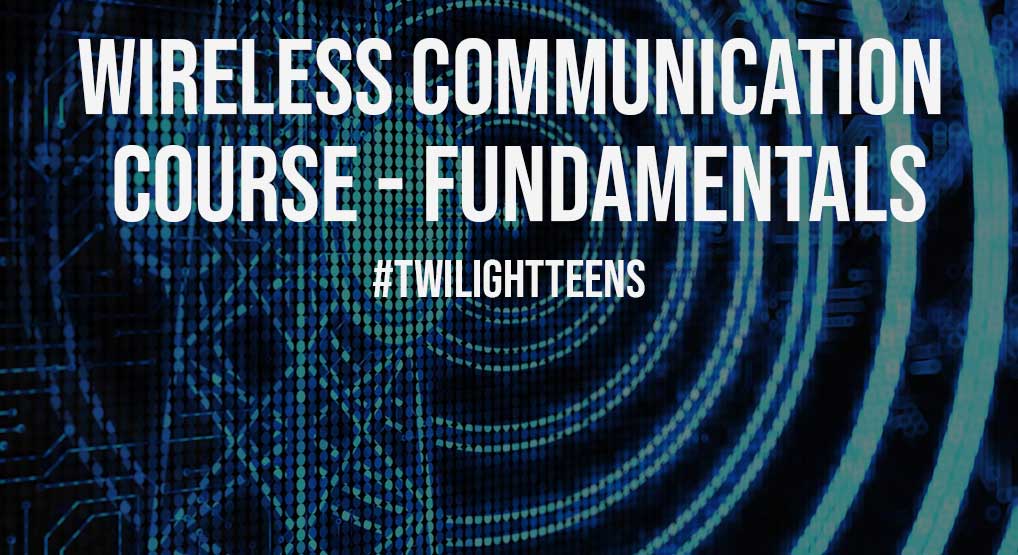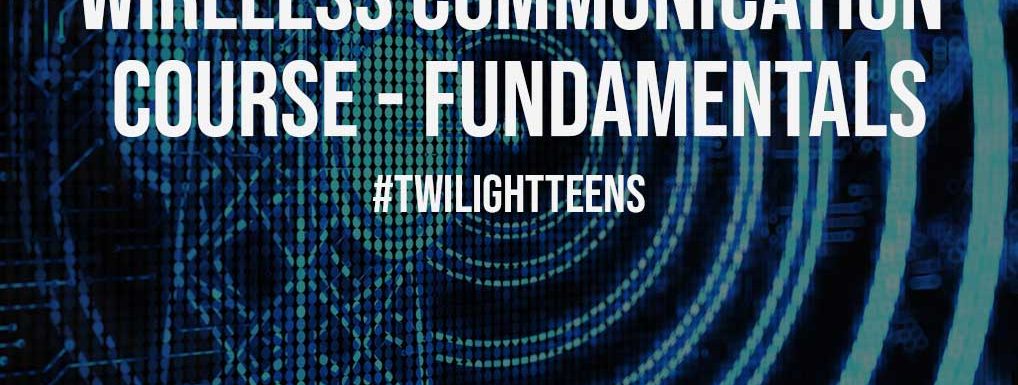With the development of technology, one of the best things humans have ever discovered is Wireless communication. Communication is an integral part of our day-to-day life and can not be eliminated.
Also, an increase in the effectiveness of this sector will directly or indirectly affect all other fields of life positively. Thus, it is pretty clear that communication is an inevitable factor influencing our daily lives.

Wireless communication is a developed form of sharing information. Unlike the traditional one, no physical object or medium is required to transfer or receive the data. Hence, this simple task saves a lot of time, effort, and money.
Table of Contents
Basics of Wireless Communication
Several wireless communication courses, delivered by highly experienced and learned instructors, are now available on the internet. But before jumping into an advanced course, it is important to clarify the subject’s basic concept. Broadly, wireless communication can be divided into three categories; transmission path, the channel, and the reception path.
The transmission path – The very first step in this process is to convert the signal into an editable or changeable form l so that necessary changes can be made to the waves. This process is carried out by a device known as a Source encoder.
Then the redundant information is cleared from the signals so that the resources allocated can work at their full potential. Later, the signals are encrypted to maintain the security and privacy of data and then sent to the modulator, which performs the function which makes the signals transmittable over the antennas.
The channel- The main component of the process that serves as a medium to transfer the data is the channel. Of course, it is not any wire or physical device but a completely open space that does not exist practically. These channels are random and can get disturbed due to noise, scattering, distortion, etc., which may cause the transfer of illogical messages.
The reception path- The main function of the receiver’s device is to reverse the effect made by the sender. Once the device gets in contact with the signals, the demultiplexer gets activated and demodulates the signals. Once done, all the transmission path steps are inversed and presented to the user in a human-readable form.
Also Read: How to Combine Travel and Teaching?
Who should attend a wireless communication course?
Attending a wireless communication course can be a productive choice for you as it will expose you to the concepts of networking and transmission of data over different mediums.
Even complex topics like modulation, demodulation, encoding, OFDM, network architectures, wireless network optimization, and many other topics are also covered in the course. But are you a right fit for such classes? Here are a few categories that can help you determine.
- Any individual enrolling in such courses should have a basic knowledge of the terms related to communication. Additionally, having a bit of knowledge in the same field can help you understand the lectures more easily.
- These can be an excellent booster for your professional life if you are working with manufacturing, installing, or selling wireless communication devices. Candidates with similar operational fields can also apply for the same.
Also Read: Stop Living on Autopilot: 10 Steps to Conscious Living
Conclusion
On a concluding note, before diving into the deep and typical aspect of communication, gaining some basics of wireless communication knowledge about the field is always preferred to enrolling in such courses.
Although various courses even deal with fundamentals, paying for them to teach you simple terms and their definition is never justified. So, rely on yourself and be consistent in your learning.

Leave a Reply